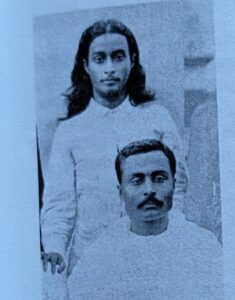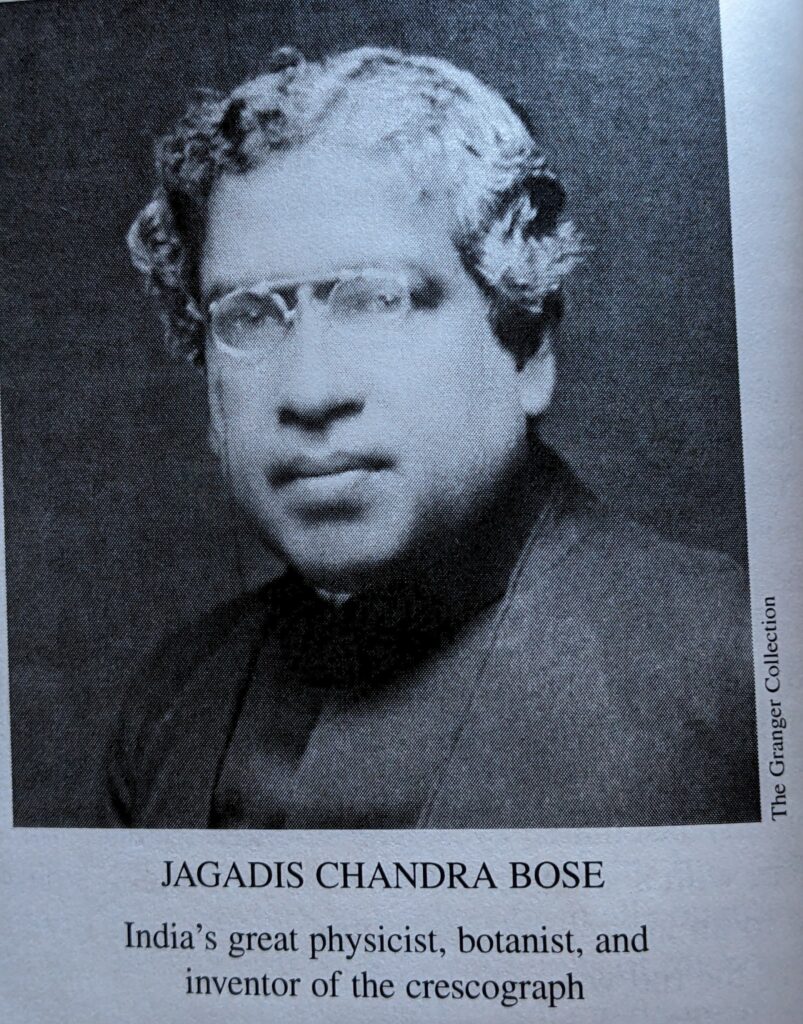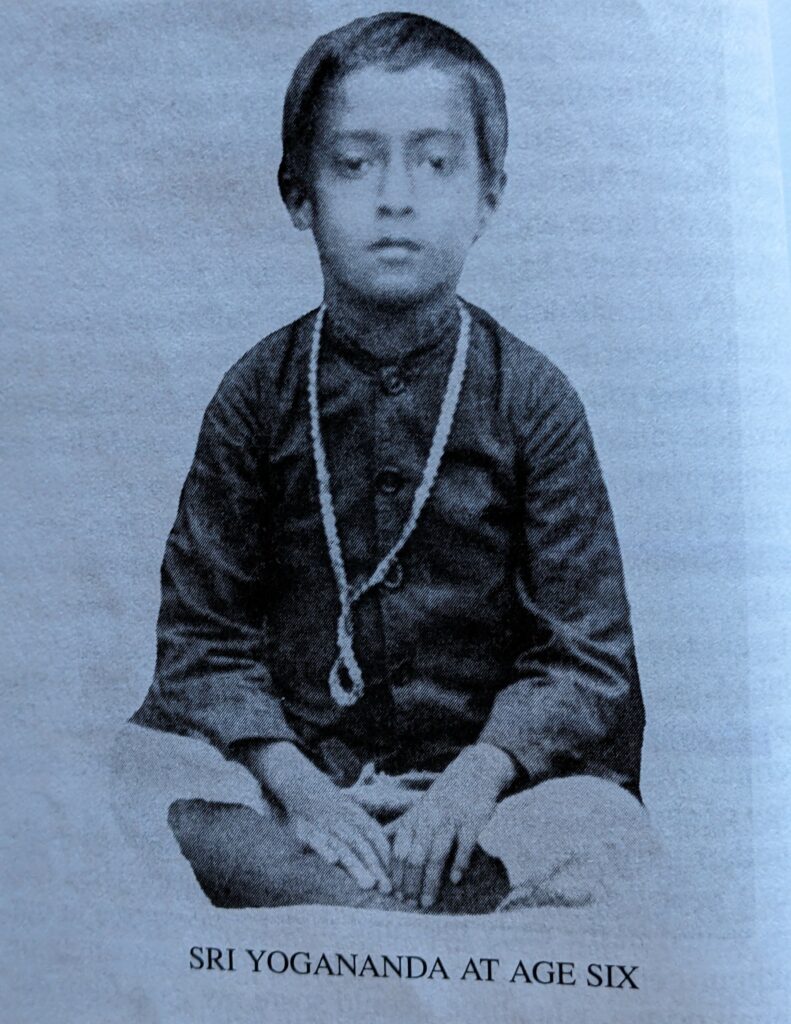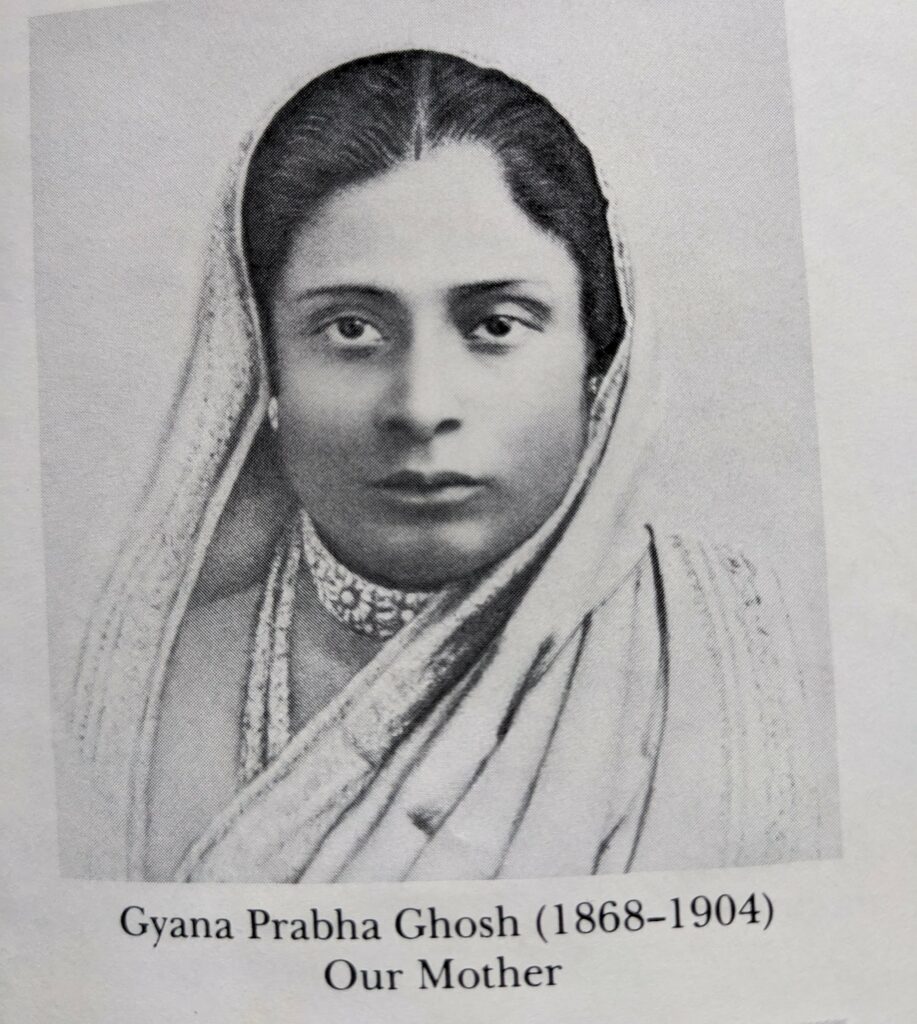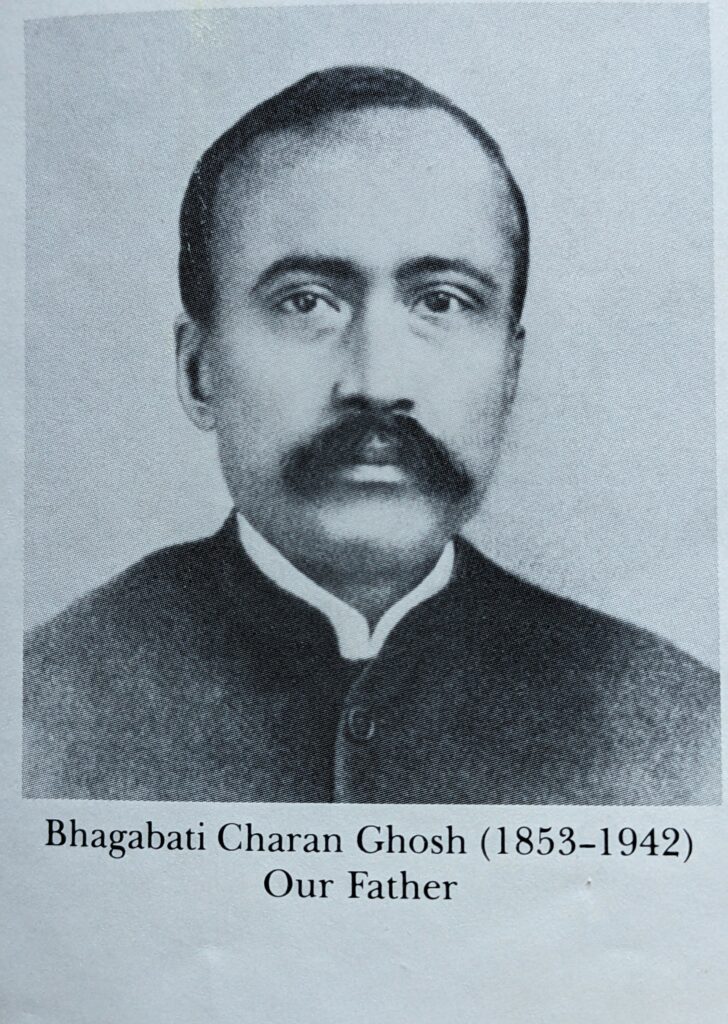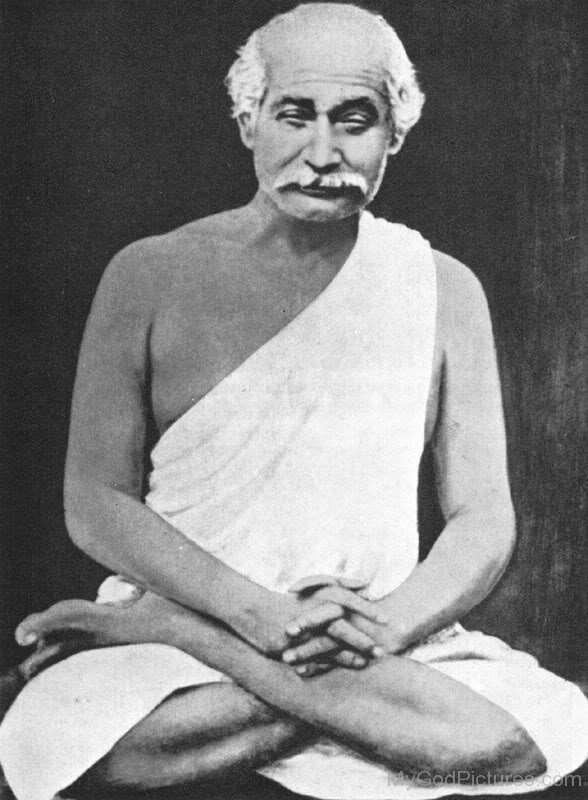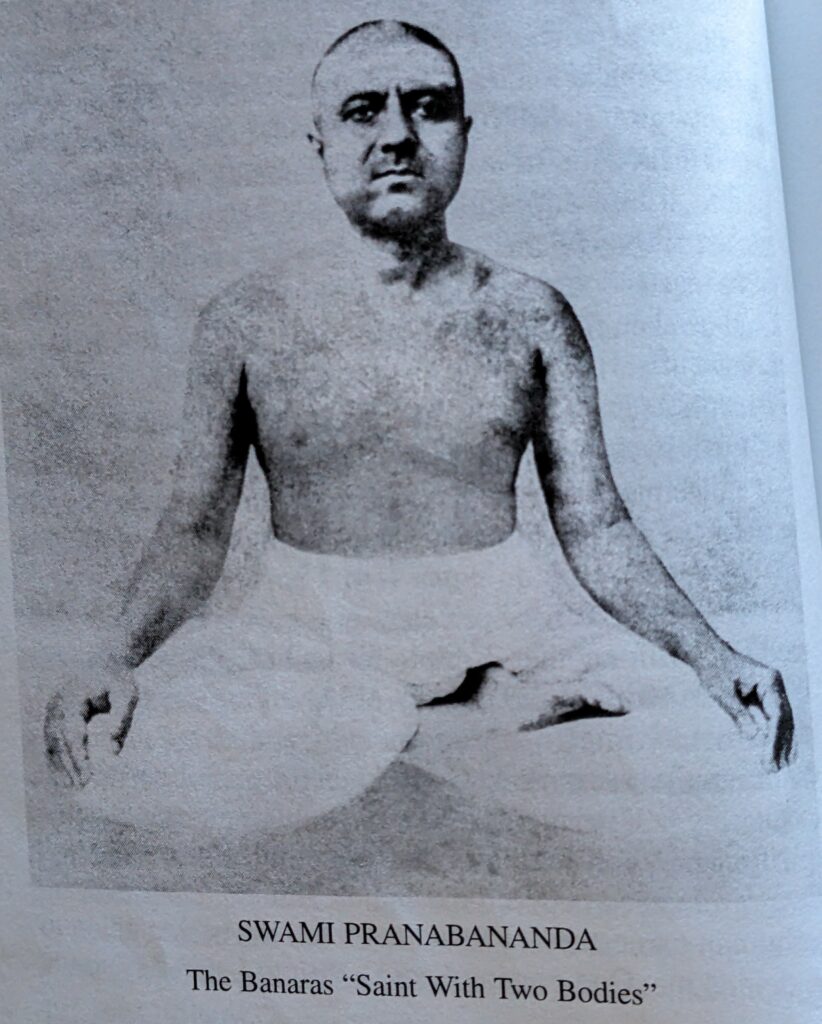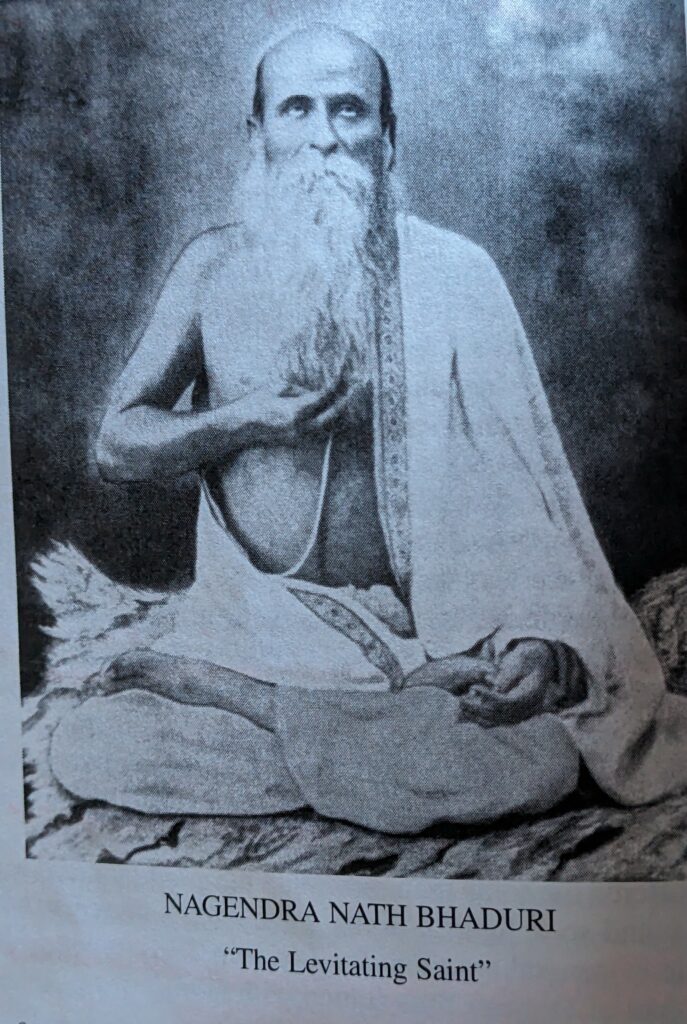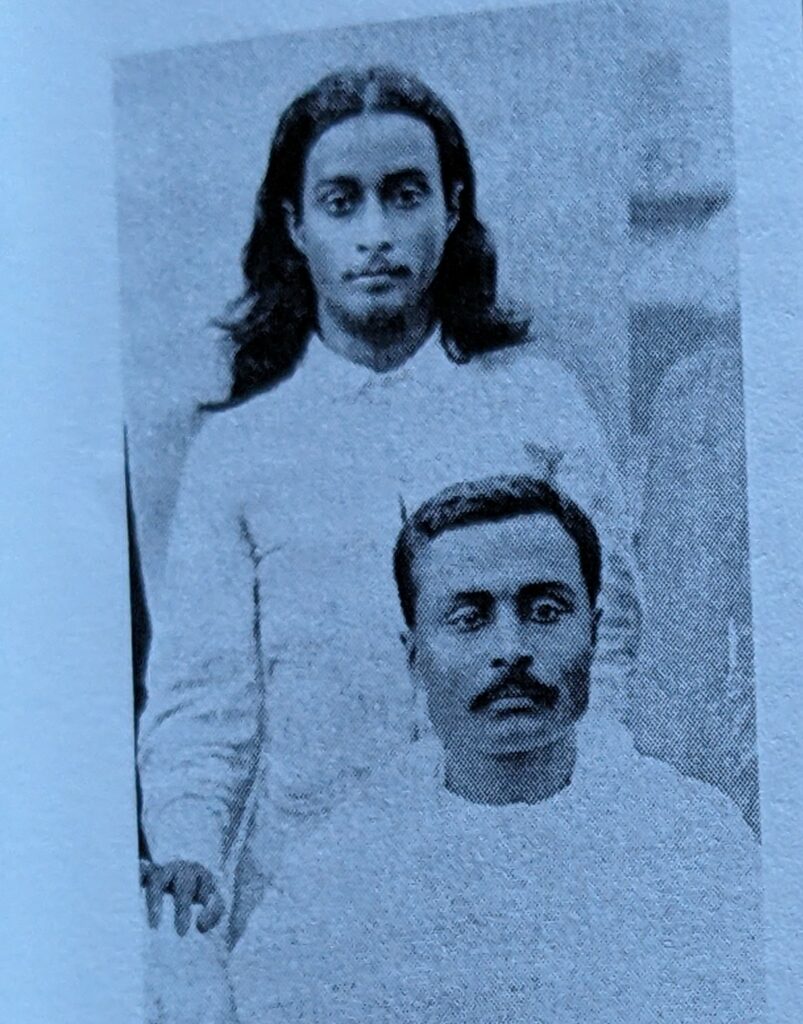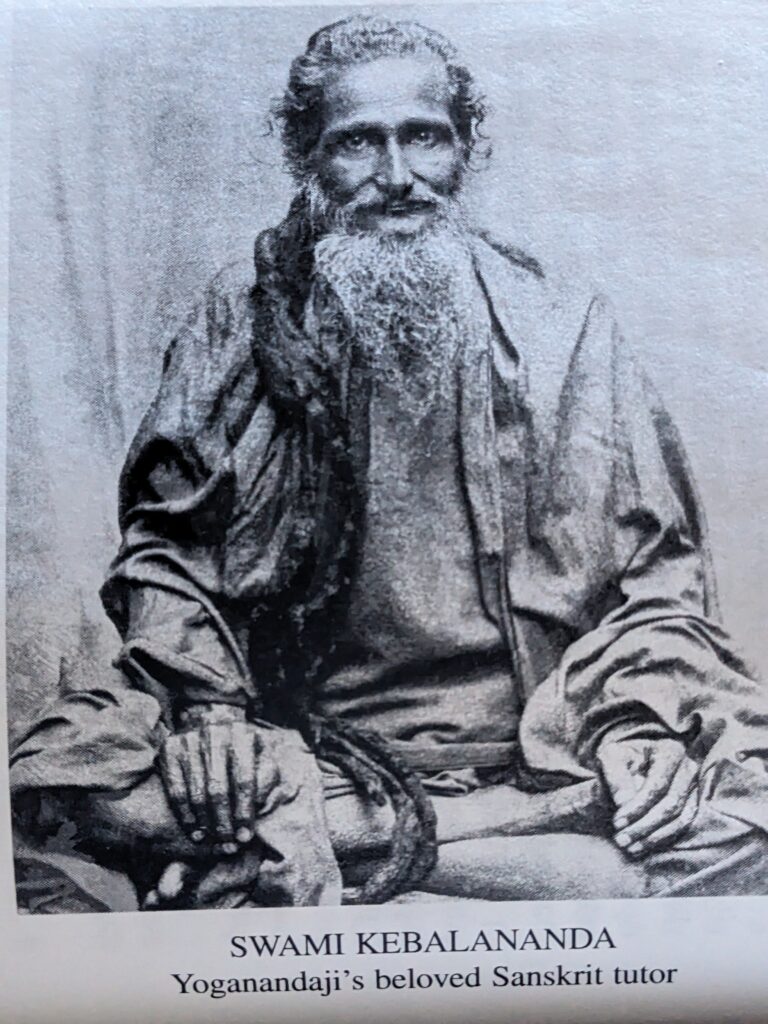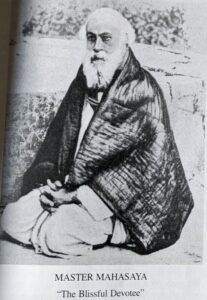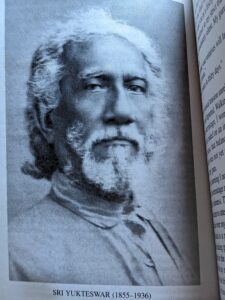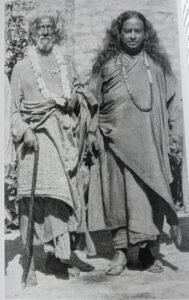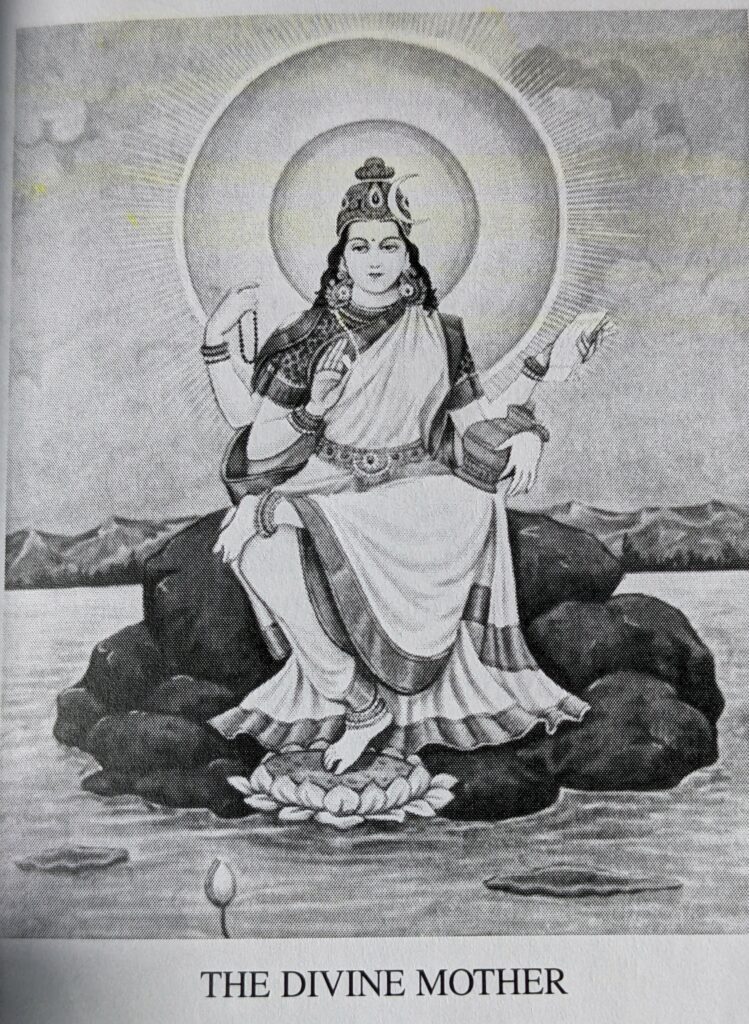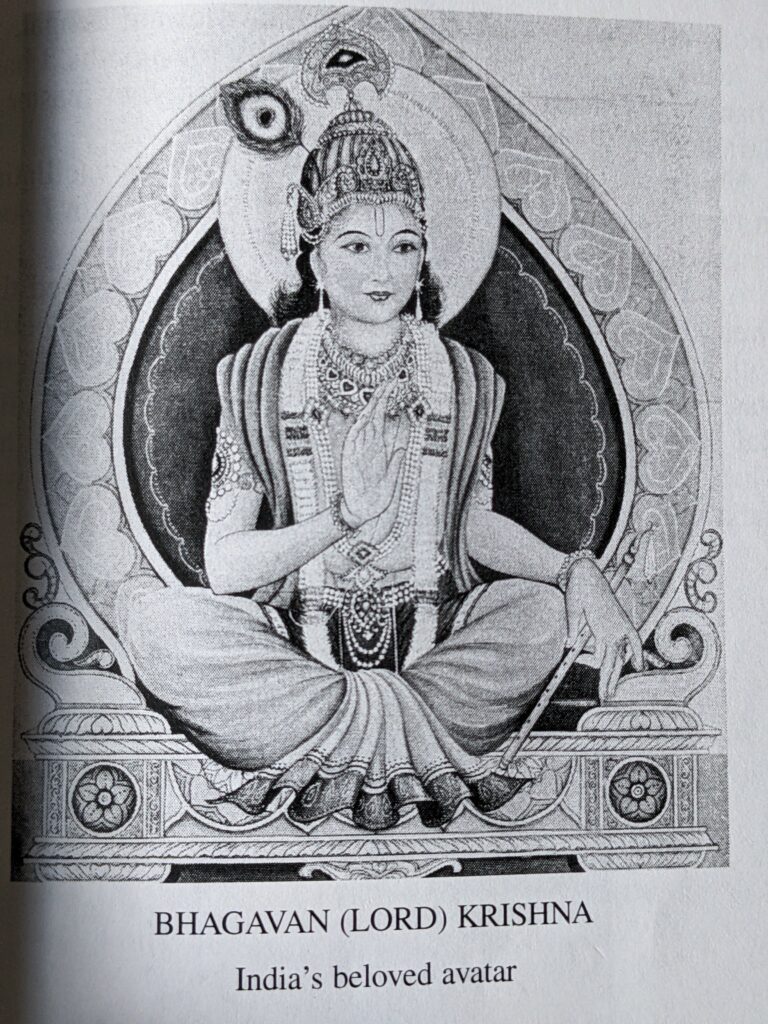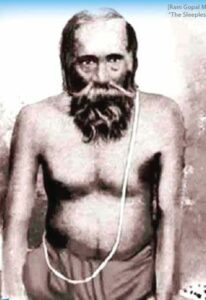Greetings, Dear One!
Welcome to my page on Yoga. Not only would I like to share with you the objective information about Yoga further down the page, but I would also like to first share with you my subjective experience. In this way, I hope to illustrate how diverse the spiritual path can be, and to make this relatable and hopefully interesting to read.
I was born into an atheist, academic family that valued the scientific method, but I was always contemplative, highly sensitive, and had intuitive abilities. As a young child I noticed the church goers on my island of Barbados were joyful, connected, and happy, and contrasting their activities with my family that was disconnected, isolated, and sometimes morally challenged!
I became interested in the teachings of Jesus Christ and Buddha as they were the idols represented around me. All religions thought the common values of compassion and love were most important, so I lived with those values at the forefront! I lived a decent live, being the best version of a human, I could, though I had selfish motivations based in fear and ignorance. I did everything (work, socializing, eating, and being) quite mindfully, but I did not meditate.
Being raised in a secular, anti-religious household that made fun of Jehovah’s witnesses and the Hare Krishna movement hade me slightly suppressing my spiritual interests! With the dawning of the internet circa 2000, I read about all religions and sought to find the commonality, and pieced together an ontology that made sense to me. I had no race, no religion, and a mixed culture, so I was free to synthesize, but I did not meditate.
I had become a Hatha Yoga teacher for two years and utilized the transformational, positive psychology into the practice for the yoga students. But I did not meditate. During my teacher training, the Autobiography of a Yogi was listed as recommended reading, but having a 3 year old and working as a Montessori teacher, I didn’t take the time to read the book, and I did not meditate.
I had the privilege to experience so many beautiful things, but despite having everything a person could want I couldn’t find happiness and contentment. My self-synthesized spiritual compass lead me astray. I didn’t eventually culminated in suffering and sickness and some unpleasant karma! My plants died, my relationships suffered, I was “depressed and anxious” and then my partner gave me the Autobiography of a Yogi and the Bhagavad Gita and told me to read it, as it may help me. I read it, and then signed up for the Self-Realization Fellowship lessons. My life began to change for the better, and I was corrected on my wrong thoughts and understanding of the universe. I began meditating daily in the summer of 2023.
My first impression of meditating was more peace and calm, although sitting quietly with no distractions released energies cathartically and was basically unpleasant, but I knew it was good for me!
I was primed for this path through my character and previous spiritual explorations, and that then because I had hit rock bottom and I was sick and sad, and my loving, wise boyfriend tossed me a life preserver. Parts of the practice were unfamiliar and awkward such as prayer and chanting, but two years later I have reached indescribable depths in those practices.
I have more I want to say about this path as it has unfolded since 2023, but first let’s talk about Yoga!
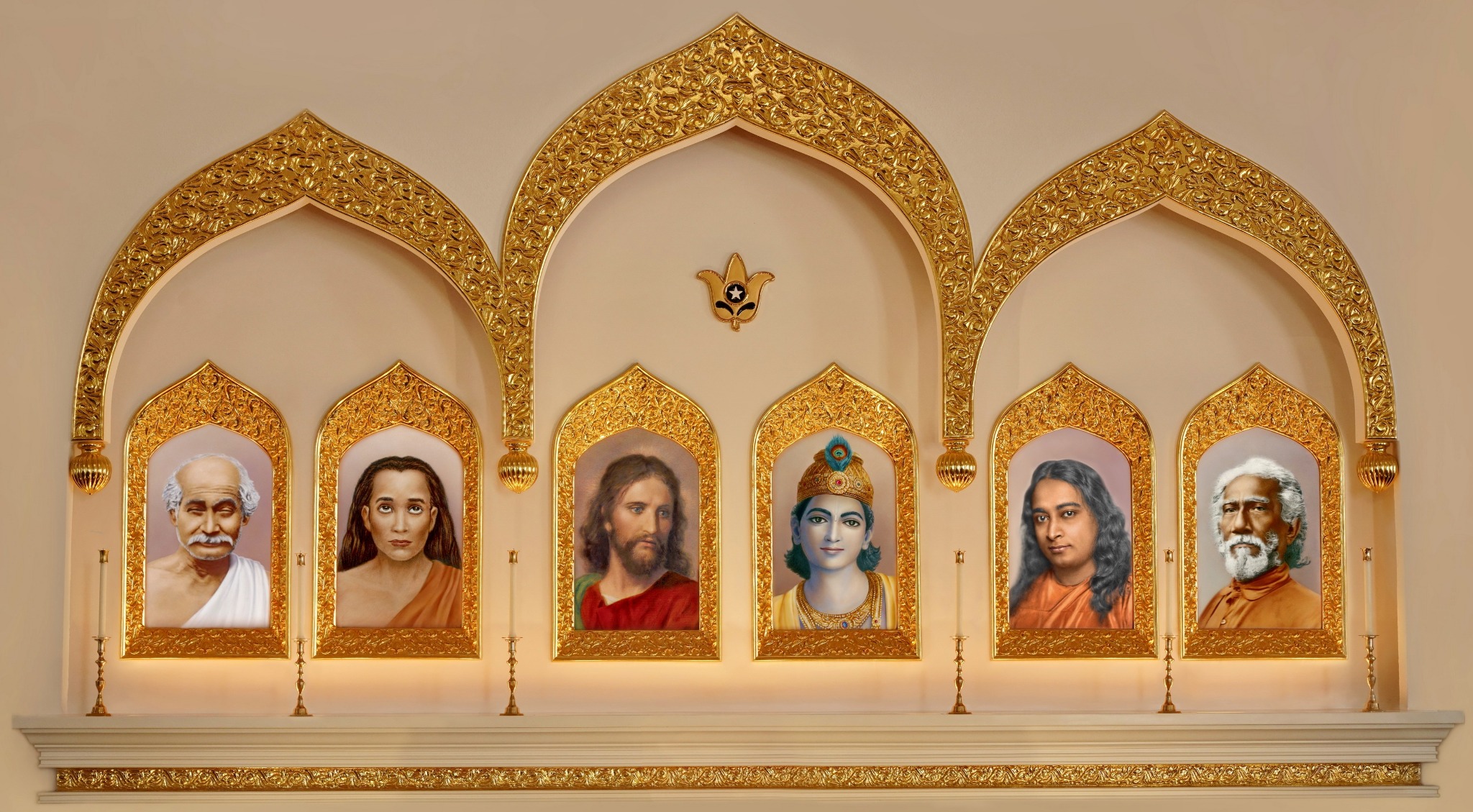
- The Essence of Yoga
- Autobiography of a Yogi recordings
- Patanjali’s 8 limbs of Yoga
Yoga is an ancient, systematic practice that has been refined through centuries of trial and experience. It serves as both a way of life for character development and a method of practice, offering peace, profound love, and self-realization—a unity with the deepest essence of being. The term “yoga” comes from the ancient Sanskrit root yuj, which means “to yoke” or “to unite.” This concept is thousands of years old, with early mentions found in the Rig Veda and later fully articulated in texts like the Upanishads and Bhagavad Gita, which describe yoga as a path toward self-realization and unity with the divine, as they are one and the same! You, dear reader, are the headless God of pure awareness and pure consciousness.
Self-Realization Fellowship
Paramahamsa Yogananda (on the heels of Swami Vivekananda) brought yoga to the U.S. in the 1920s, helping introduce a Christian Western audience to the principles and the science of yoga, showing millions a path to wisdom and bliss through his teachings and beneficial actions during his life’s work. Yogananda saw yoga as a universal practice, capable of bridging religions and beliefs, a pathway that anyone could practice and find benefit in.
Yogananda often described “God” being beyond the understanding of human intellect, but accessible through experiences of peace, love, wisdom, sound, calm, light, and joy. His writings, while mystical and reverential, are ultimately grounded in a practical approach to spirituality. He says to experiment on yourself his teachings, and that you will experience that deep inner peace and eventual bliss—a state that every human aspires to.
True teachers, whether friends, family, or gurus, shine a light on our inner darkness, offering invaluable guidance. Saturate your environment with wisdom and goodness, whatever your path! Attune yourself to the Highest aspirations by deeply engaging with their teachings, reading their words, and applying their principles and practices consistently.
If you haven’t already, you can read a digital copy of the Autobiography of a Yogi online here. Below, you can listen to me read the Autobiography. Yogananda founded the Self-Realization Fellowship and thus compiled a series of lessons. You can sign up for Paramahamsaji’s correspondence lessons here. If you don’t have a meditation practice, or any knowledge about the metaphysical realities from an eastern perspective, this will get you set up and experiencing peace and joy in no time! After 18 lessons, you’ll be prepared to be initiated into the Kriya technique… You can read about Kriya Yoga here.
My Path, continued
In the Autobiography, Yogananda says that Kriya Yoga is incredibly powerful, so naturally many people wish to learn Kriya Yoga. The positive changes that my partner witnessed me undergo encouraged him to become more involved in the teachings of the lineage. We were surprised to see that we live not only near the Lakewood Self-Realization Fellowship, but also Kriya International’s Temple of Peace. They don’t have prerequisite lessons, and teach the Kriya technique in a long weekend, with continued weekly guidance, discourse, and prasad (blessed food eaten together in community.) The lineage parallel’s Yogananda. Sri Yukteswar’s last disciple, Paramahansa Hariharananda started this smaller organization to teach Kriya in “the most simple way.” Simplicity is relative. The weekend retreat teaches deep concepts but does not set you up for success with creating a morning and evening habit, building concentration, relaxation, and understanding the metaphysical realities. My partner didn’t need that stuff the way I and others benefit from the 18 lessons, and so he happily signed up for a weekend initiation into Kriya Yoga with Kriya International. He was so impressed and blessed by the initiation, and I went ahead and joined the next initiation, despite SRF’s pledge to not “mix teachings.” My conscience allowed me to (which means Yogananda gave me his blessing.) I benefitted from extra rationales and techniques. It has only enhanced my understanding of the sytem, and allowed me to walk the line of loyalty, curiosity, commitment, and staying clear of dogma and ignorance!
In today’s age of information, it’s crucial to follow one path that resonates deeply, rather than sampling many. Rather than collecting teachings, experiences, or philosophies, dedicate yourself to a practice that aligns with your values and resonates with your heart. However, rejecting ‘outside’ teachings because of a pledge or fear of doing wrong is a mistake. That’s what I’ve learned from my navigating the various Kriya Yoga teachings that exist in my periphery!
Service
I’m available to teach yoga and meditation classes of all ages and abilities. My work is both in childcare and eldercare I only speak from personal experience, but most chronic health conditions are resolvable through a health recovery protocol. Let’s transform your lifestyle from experiencing the bad karma generated to becoming a good karma generator. I help you get your home tidy, clean, and organized. Together we evolve our consciousness through various modalities.
The Autobiography of a Yogi
by Paramahamsa Yogananda

- My parents and early life
- Mothers Death and the Amulet
- The Saint with Two Bodies
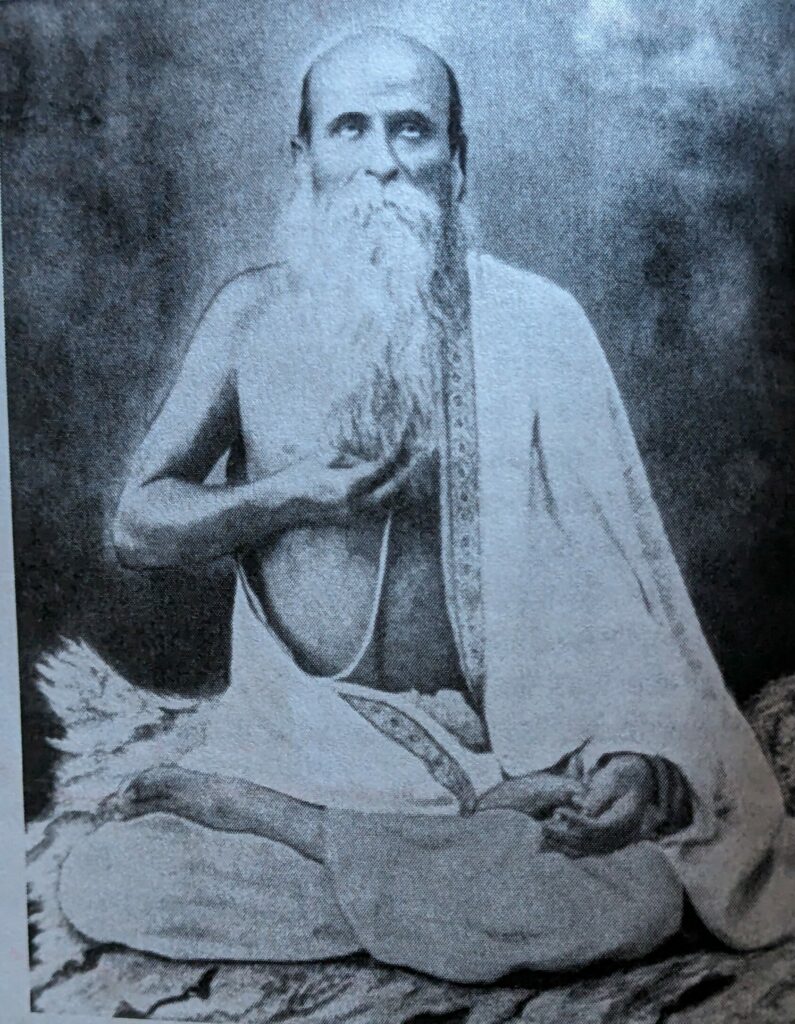
5. Perfume Saint Displays his Wonders
6. The Tiger Swami
7. (pictured) The Levitating Saint
Learning Yoga
Yoga with Emmy
200 RYT training completed in 2013 with experience teaching in 2 gyms, 1 country club, and 2 schools as a Yoga instructor for people of all ages.
Asana practice has personally helped with pain associated with arthritis and hypermobility.
Paramahamsa Yogananda’s Self-Realization Fellowship in 2023 and initiated into Kriya Yoga in 2024.
A Personalized Experience
When we do hatha yoga together, whether in a class or in private, our flow will be personalized we will include postures, exercises, meditations, breath work, and contemplation. Our time together is co-creative!
Sliding Scale Donations
Letting go of greed and hoarding is part of the community ethics of Yoga. Donations are gratefully accepted via payment methods below. There is no “minimum donation!” Karma, good will, and trade offerings are welcome. Generosity, kindness, and compassion are the creative expressions I aspire to.
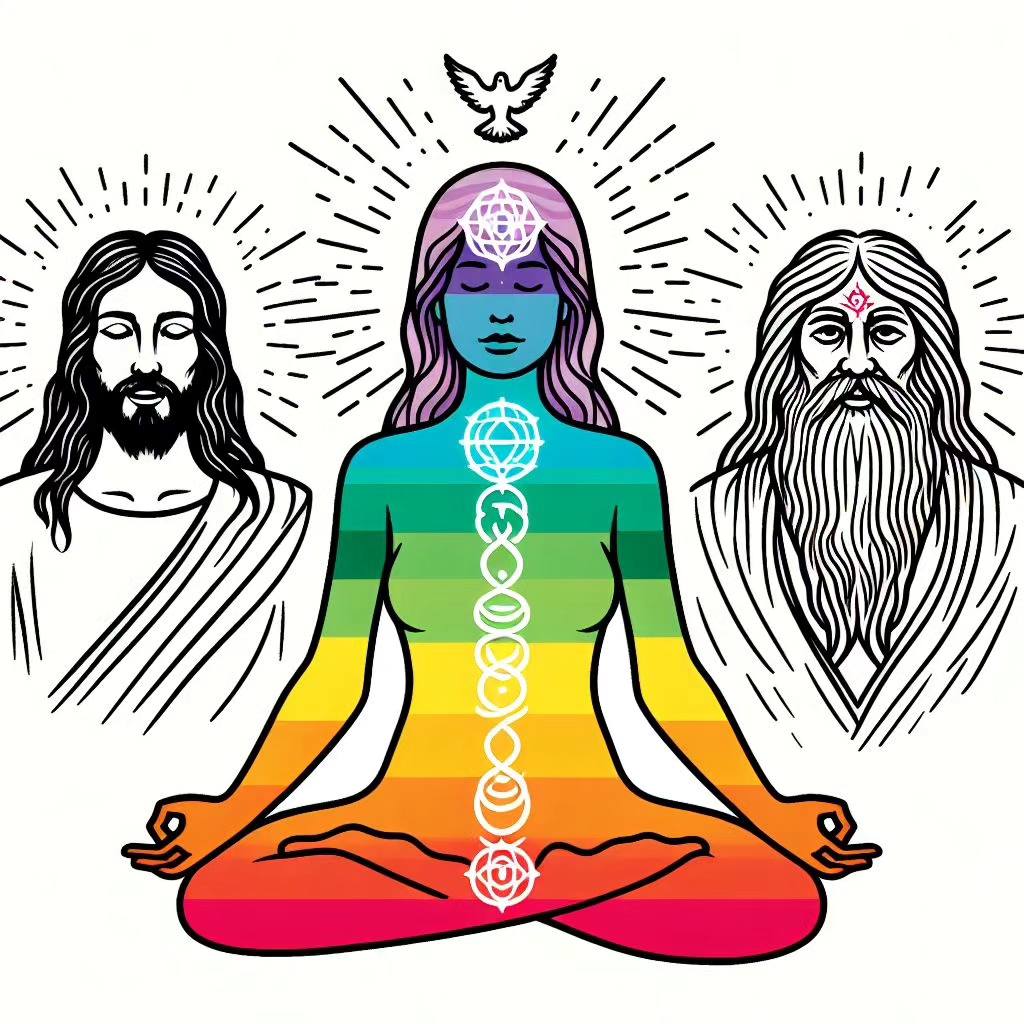
“A yogi is greater than the ascetic, greater than the empiricist and greater than the fruitive worker. Therefore, O Arjuna, in all circumstances, be a yogi.”
– Bhagavad Gita
Schedule & Locations
We can practice anywhere! A park, your living room, a studio. I have space to host in Lakewood, Colorado. Please register via the very simple form so we can be in communication.
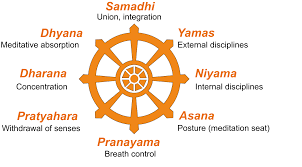
8 Limbs of Yoga
Yoga comprises a comprehensive framework known as the Eight Limbs of Yoga, as outlined by the sage Patanjali in the Yoga Sutras, which you can listen to below a summary of the 8 limbs. This path encourages you to integrate all aspects of yoga into daily life through character and lifestyle, in order to attain a state of unity consciousness, union of body, mind and soul!
- Yama
The Foundation of Ethical Living consists of five ethical principles:
Ahimsa (Non-Violence), centers around cultivating compassion and empathy.
Satya (Truthfulness) in our thoughts, words, and actions, promoting authenticity and transparency.
Asteya (Non-Stealing) of not just material possessions but also time, energy, and trust.
Brahmacharya (Moderation) including our desires, so we can redirect our energy towards spiritual growth.
Aparigraha (Non-Attachment) to material possessions, acknowledging that true happiness comes from within.
- Niyama
Self-Discipline and Inner Exploration
Ishvara Pranidhana (Surrender to a Higher Power) acknowledges that there are forces beyond our control.
Saucha (Purity) emphasizes cleanliness, both externally and internally, purifying the body and mind.
Santosha (Contentment) with what we have, fostering inner peace and gratitude.
Tapas (Discipline) in our efforts to attain self-realization through daily practices such as meditation, asana, and right living.
Svadhyaya (Self-Study) of sacred texts and self-reflection, helping us gain a deeper understanding of ourselves and our connection to the divine. For Svadhyaya, I have developed a “Guided Contemplation” activity for use during silent retreats or workshops.
- Asana
Physical Postures: the limb most commonly associated with yoga in the West, involves physical postures that promote flexibility, strength, and balance. While asanas have numerous physical benefits, they also prepare the body for meditation and spiritual practices.
- Pranayama
Breath and life force control. By regulating the breath, we can influence our vital life force (prana), calm the mind, and increase our energy.
- Pratyahara
Withdrawal of the SensesIt’s about detaching from external stimuli and becoming more aware of our inner world, a crucial step toward meditation.
- Dharana
concentration and single-pointed focus on an object through which we train the mind to become still and one-pointed.
- Dhyana
Meditation is concentrating on a divine quality, such as calm, peace, joy, vibration, sound, wisdom, and the divine. Regular meditation helps us achieve mental clarity, inner peace, and a heightened sense of awareness.
- Samadhi
The state of union with the divine or unity consciousness, which will naturally appear as we do the above practices. This state of bliss dissolves boundaries between the self and the universe. While it may seem elusive, the practice of the previous seven limbs paves the way for this transcendental experience, but the experience is not a goal. We cannot get carried away with our mental constructs of achieving this state. Samadhi is the beginning of our enlightening realizations of Self and the nature of reality.
